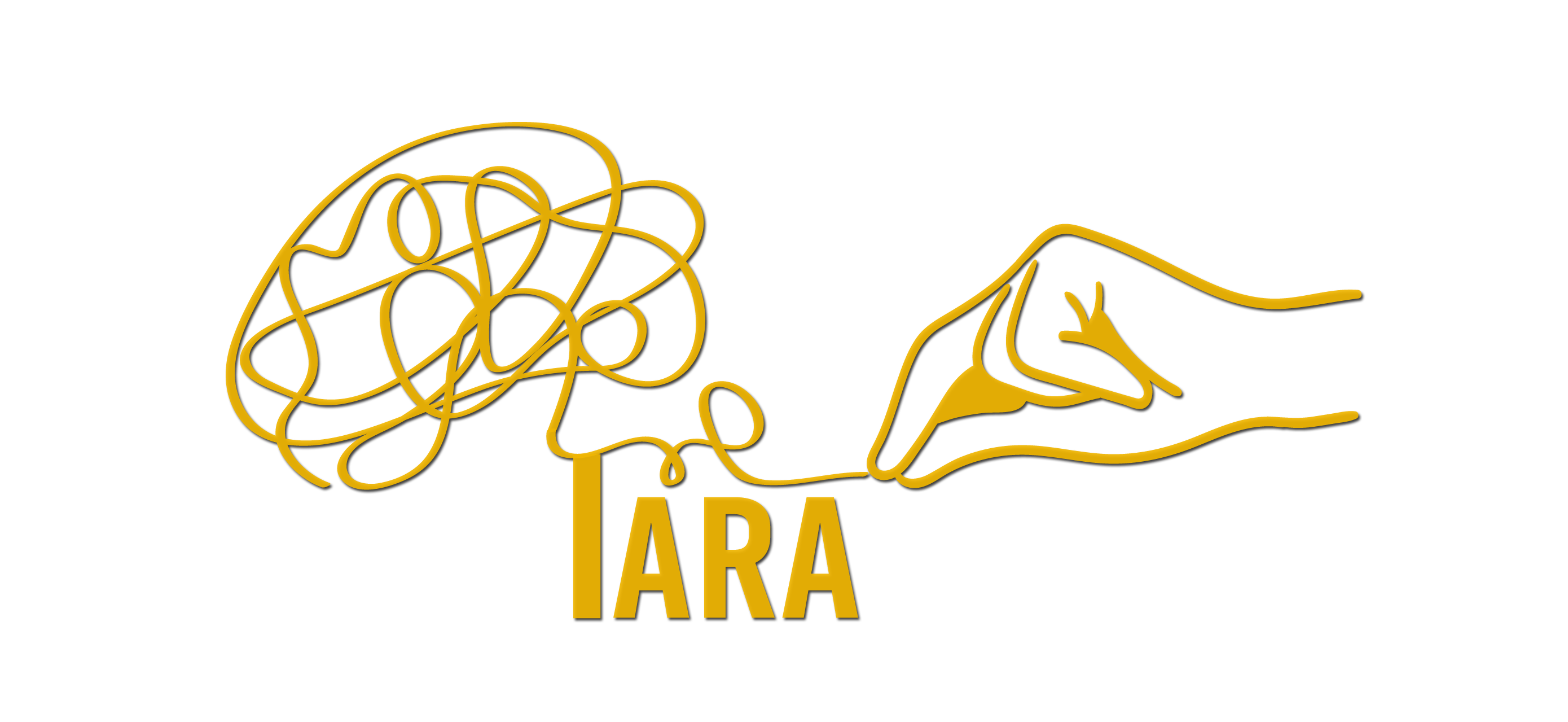The mention of sex education elicits only a few thoughts in our minds. Some may be regarding the differences in ‘good touch’ and ‘bad touch’, anatomy of the body, or reproduction. While these are important aspects of sex education, these topics fail to explore the expansive themes which constitute and surround sex education. According to the Population Division of the UN Economic and Social Affairs, the number of adolescents and young people is at its peak globally. Young people all over the world are demanding accurate and accessible information on sexuality and reproductive health.
The National Family Health Survey (NFHS) is conducted by the International Institute for Population Sciences which studies social parameters like population, health, and nutrition in each state and union territory of India. According to NFHS-4 (2015-16), young adults (19-24 years) and adolescents (10-19 years) make up 31% of the Indian population. The sexual health of these groups is valuable but is a severely overlooked area. One-third of new HIV/AIDS cases in India occur between ages 15 and 24. Only 21% and 32% of adult women and men, respectively, had comprehensive knowledge of HIV/AIDS, and only 50% of women knew about safe sex practices, The Indian youth is prone to experimentation and risky behavior leading to unsafe sex, a higher risk of contracting STIs, higher chances of unwanted pregnancies, and sexual abuse. In the absence of relevant material, the youth relies on mass media and peers for information.
The topic of sex is taboo and there is reluctance on part of the parents to discuss these issues with their children. There are very few dedicated adolescent health clinics and health professionals to address their sex education needs.
It is time, India looks up to the Netherlands, for Comprehending and imparting sex education for all age groups.
Sex education in the Netherlands

Children from the age of 4 to 18 are mandated to study “Sexuality Education” in the Netherlands. What is sexuality education? According to the Netherlands’ facilitators of sexuality education, sex education is often restricted to discussing sex as a biological function whereas, sexuality (and relationships) education delves into an individual’s choice to engage in sex. While sex education is about the physical act and prevention of mishaps, sexuality education takes account of emotions, mental peace, self-care, as well as exploration.
This approach is known as “comprehensive sex education,” which starts as early as at the age of 4.
While some adults may have reservations about introducing these topics to children as young as 4 years, the comprehensive structure of the Netherlands’ sex education model progresses step by step keeping in mind the maturity level of the children.
Age 4 to 6: Body anatomy
Children are taught about their body parts and how to identify them. Children are taught to show gratitude and affection through hugs.
Age 7: Attraction and respecting the opposite sex
children acknowledge the differences between males and females and that both sexes are unique in their own way. The feeling of attraction is discussed and normalized.
Age 8 to 9: Same-sex attraction
By this children understand why they are attracted to the same gender. Thus the emphasis on normalizing same-sex attraction and homosexuality is integral at this stage.
Age 10 to 12: Puberty, menstruation, and maintaining personal hygiene
Around this age, children start feeling the changes occurring in their bodies during puberty. Children, regardless of their gender, are taught about menstruation and how to care for someone who is menstruating.
Age 12 and beyond: Contraceptive and safe sex
Around this stage in many parts of the world, teens start experiencing their first physical encounter. Dutch teens are instructed on the use of contraceptives such as condoms which are readily available in many public bathrooms.
This curriculum has been developed by Rutgers WPF, a Dutch institute that researches on sexuality.
Impact of comprehensive sex education in the Netherlands
The teenage pregnancy rate in the Netherlands is very low. It is in sharp contrast to the US which has the highest pregnancy rate among the developed countries and eight times higher than the Netherlands.
Dutch teens become physically active slightly later than their American counterparts. Most Dutch people recall their first times fondly. On the other hand, 70% of American teenagers expressed regret and felt that they should have waited longer before having sex.
The Dutch sexuality education classes equip children and teenagers with knowledge about consent, boundaries, respect, pleasure, and relationships. Masturbation and oral sex are not treated as shameful or taboo activities. Girls are empowered to take an active role in their sexual negotiations.
The attitude of parents regarding sex education has changed greatly which has created room for discussion by being more open with their questions and concerns for benefit of children.
Tips for adults and parents to navigate talking about sex and sexual health
Start the conversation early. Have an active and open dialogue with them by using examples from daily life.
Keep the conversation age-appropriate to their developmental stages. Discussing good touch/bad touch with children aged 4 years and progressing to talking about their changing bodies during their teenage years.
Use correct terms. Referring to genitals and other body parts with nicknames may indirectly give the message that talking about their bodies is embarrassing or taboo.
Be patient and mindful with children when talking about puberty, consent, and attraction.
Avoid reacting with anger or judgment when a child asks a question regarding sex or the opposite gender.
Reinforce their self-esteem. Discuss how healthy relationships are fostered with love, trust, and consent. Lead by example!
The Dutch model of sexuality education moves away from the narrow approach of risk which solely focuses on unintended pregnancies and STDs. Instead, their brand of sex education takes a broad framework to emphasize the rights, responsibility, and respect of young individuals which becomes the foundation of sexual health. It is high time India moves away from labeling sex education as a shameful or crass subject. Inclusive sex education will revolutionize our society by normalizing sex, facilitating gender equality, and promoting healthy relationships.
Comprehensive sexuality education is a practical and effective method to combat sex and sexuality illiteracy amongst adolescents and young adults in India. This would empower them to make informed decisions for safe sex and help them avoid unwanted pregnancies and STDs. Furthermore, these conversations would significantly help address sexual abuse and coercion.
Written By: Anmol Kaushik and Harshita Singh
About the Authors
Anmol completed her Master’s in Law, Politics, and Society from Ambedkar University Delhi. Interested in history, gender issues, and human rights. Apart from TARA, is also engaged with the UChicago Center in Delhi in operations. In her spare time, she likes to read, exercise, spend time with friends and being on the interweb.Harshita is a Freshman at Delhi University, pursuing Computer Science. Interested in Animal Safety & Human behavior. Working as Research Intern in TARA & a Tech intern in a Start-up. She likes to learn languages, listening music, and read novels. In her spare time, She binges on Netflix & enjoys journaling.

0 Comments